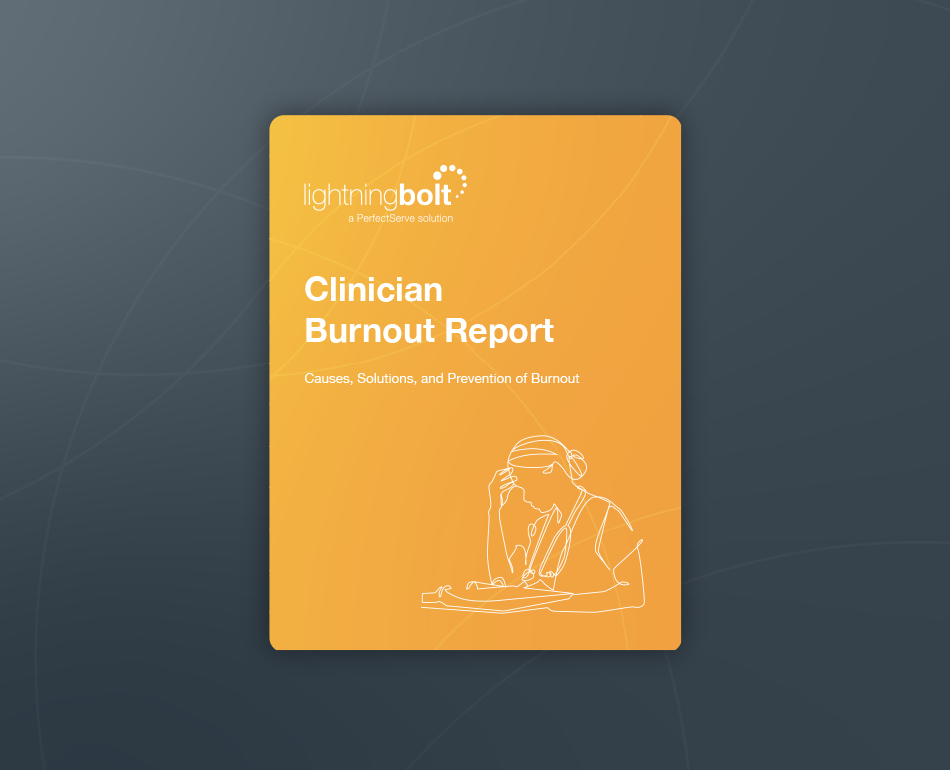Everything About Scheduling Patients and Doctors Today is Wrong, and How to Fix it
TABLE OF CONTENTS

By Suvas Vajracharya, Ph.D.
Imagine if the right doctor, saw the right patient, at the right time, for the right amount of time, in the right place. It seems simple enough. But it is far, far (light years) away from how our medical system works today.
Why does it work this way for us as patients?
- You decide when you’re sick, or when you feel like having a checkup. (Why is this your job? How are you supposed to keep track of the changing policies for screenings and preventive care?)
- You pick a doctor. (Based on what? It’s hard enough to see if they’re actually accepting new patients with your insurance, can you really tell what expertise they offer? And patient ratings…a total disaster.)
- You go when the doctor is available. Usually a couple weeks later. (Are you still even sick by then? Do you remember to go?)
- You get yourself to where the doctor tells you to go. (Is it near you? Is it near a lab where you’ll need tests run? Is the facility in some weird policy that will cause your insurance to charge you double?)
- Or, in an emergency, you go to the nearest hospital with zero idea of who you’re going to see or what you’re going to be charged.
Why does it work this way for physicians?
- If you’re an ambulatory (office-based) doctor, people walk in all day in 10-minute increments. They’re not usually grouped by any type of commonality. You don’t have more time for more complicated cases. You’re spending a lot of time on administration and documentation instead of talking to patients and using your expertise
- If you’re an inpatient (hospital-based) doctor, it’s much the same, but you’re the one walking to the patient instead of sitting in a room. You’re waiting hours for operating rooms. You’re switching back and forth between facilities. You’re working gruelingly long shifts — some that are too busy, some that are too slow. You’re spending a lot of time on process and handoffs instead of patient care.
This is bad. Who does this process actually benefit? It’s not what patients want or need. It’s not what physicians want or need. It’s wasting everyone’s time. And wasting data that we already have in our healthcare system that could make this all run more smoothly.
Instead, imagine this:
- You get a reminder that you’re due for an annual checkup. And, in that reminder, they recommend that you see Dr. Smith because she has expertise on chronic thyroid conditions like yours, takes your insurance, and has seen you twice before. She’s available next week at a clinic five minutes from your office, just pick a time from this list. Based on your medical history, your appointment is set for 40 minutes. Here are directions to the nearest lab; go get your bloodwork in the next few days so you can review it together with the doctor. If you want to change any of these details, you can do it online.
That’s better for you as a patient, isn’t it? No hassle of finding the right doctor and facility. Your medical information is used to make smart recommendations. That’s better for you as a doctor, too. Dr. Smith gets the right amount of time needed to meet with you, with the data that she’ll need to talk to you about your care. She is practicing at the top of her license, using her interest in thyroid conditions to deliver better care to you.
How about on the inpatient side?
- You’re admitted to the hospital after a visit to the ER, for an estimated three-day stay. You are matched with an adequately-rested hospitalist who wasn’t up working a late-night shift the previous day and who is scheduled to be at the hospital with you for the remainder of your stay, meaning you don’t need to worry about possible medical errors that often accompany transitions between hospitalists. On discharge day, your hospitalist and primary care doctor have a conference call with you in the room to talk about next steps.
For the hospitalist, you are satisfied that you were able to provide quality care and that, on completion of your stretch of shifts, you began your scheduled time-off you had requested to attend a wedding. Your schedule didn’t require you to work shift patterns that were counter to your circadian rhythm.
That’s also better for you as a patient. You’re seeing the same doctor every day. They’re watching you for changes that signal something is going wrong. For the hospitalist, you’re working a shorter shift, being matched to patients based on their predicted stay. You might work shorter or longer hours based on what the patient needs, but you’re having a positive impact on their care. You have time smartly built into your schedule to review patient results and prepare for discharge.
“Physician Intelligence” technology makes these dream scenarios very real. Using AI and combinatorial optimization, health leaders can set smart schedules for physicians and patients based on the match between these complicated factors such as urgency, location, expertise, and care team. In the same way that Lyft instantly matches your request with the right driver, in the right kind of car, and calculates a route taking into account real-time traffic conditions, complexity is an advantage here.
Physician Intelligence isn’t a pipedream. This kind of smart scheduling, matching patients with physicians, is in use today at large and small healthcare systems across the country. It directly impacts the bottom lines in healthcare; reducing costly physician burnout and turnover (which Stanford estimates at $7.75M a year), reducing wait times, increasing patient access to care and improving patient outcomes. When healthcare focuses on the human impact and considers time as a key metric — everyone benefits.
Original article appeared on Becker’s Hospital Review.



